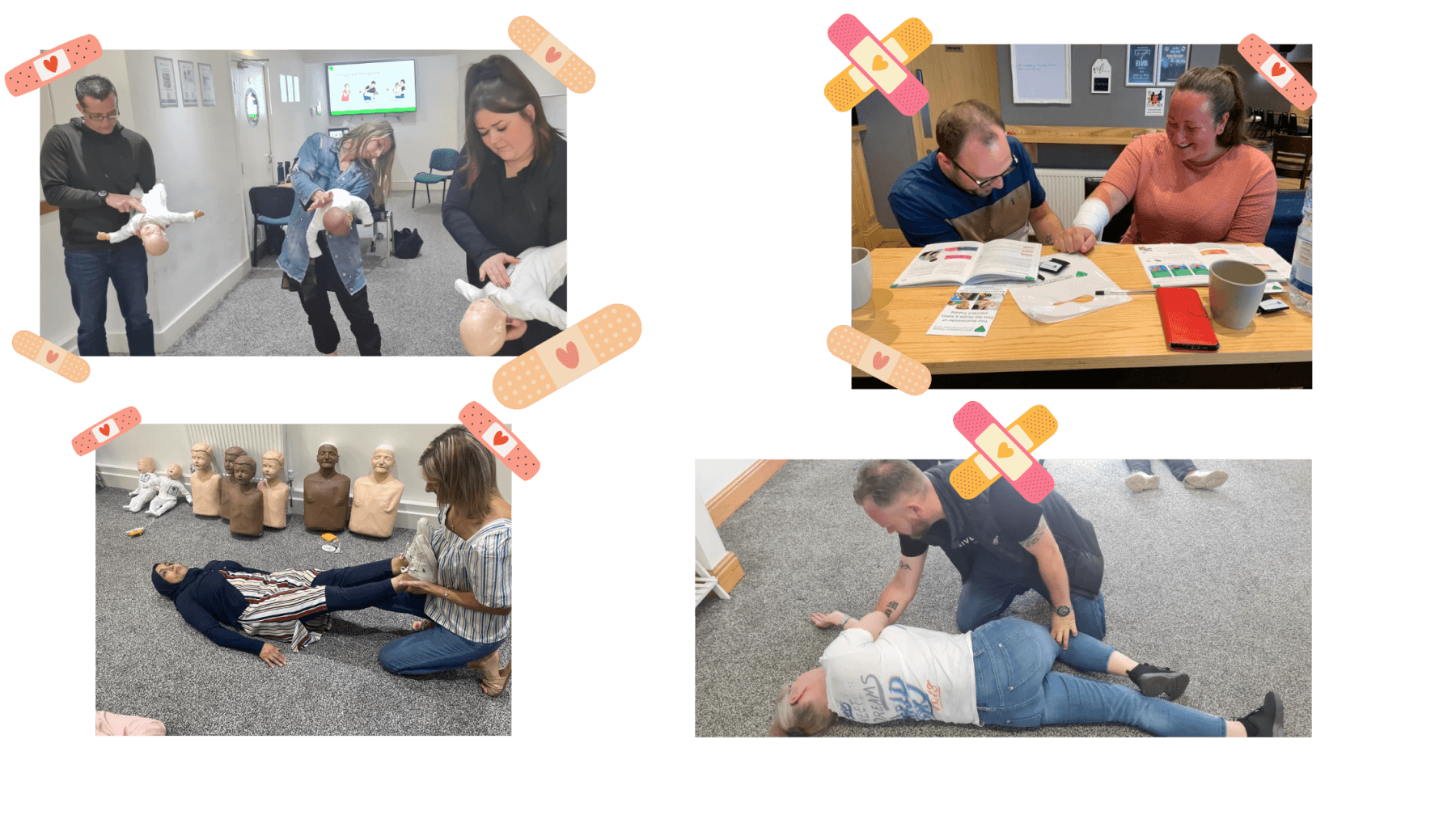How L74 informs various First Aid provisions, mandated by HSE
In our last weeks newsletter, we briefly discussed L74, commonly known as the Health and Safety Executive’s (HSE) guidance. L74 guidance offers a comprehensive framework for conducting risk assessments across various work environments which in turn informs individual First Aid policies, that are mandated by HSE. It covers topics such as:
-
Managing the provision of First Aid (First Aid kit, equipment, rooms etc)
-
Requirements and training for First Aiders
-
Requirements for appointed persons
-
Making employees aware of First Aid arrangements
-
First Aid and the self-employed
-
Cases where First Aid regulations do not apply
Through systematic identification and addressing of potential risks, as well as proactive prevention of accidents, the well-being of employees can be met and the health of workforce prioritised. This is a mandatory duty of care, which applies to a wide range of individuals and entities, including employers, employees, self-employed individuals, and anyone responsible for the health and safety of others in a workplace setting, which encompasses various industries and sectors.
If you are someone who is responsible for First Aid provision in your workplace, you have to consider these questions:
-
What factors affect the level of risk?
-
How can you implement the hierarchy of control in your work environment?
-
When are reviews necessary?
-
What are the hazards in your work environments?
-
Do you have the correct accident processing in place?
Understanding the relationship between hazard and risk as part of an accident and ill health prevention strategy.
How many non-fatal injuries occur in each industry?

What are the most common injuries by industry?

How does this information relate to First Aid policies?
In adherence to mandatory risk assessment protocols, the imperative is to thoroughly engage in this critical evaluative process. Once you have identified what your levels of risk are and what potential injuries can come from the hazards, the next important step is to closely look at your staff. It is important to ask these questions:
-
Do you do regular health surveillance?
-
Do members of the public or non-employees visit your premises?
-
How many staff do you have? Are there shift patterns? Do any of the staff work on their own?
-
How do holidays and absences cover the designated First Aider?
-
Are there inexperienced workers on site, or employees with disabilities or particular health problems?
Am I obligated to provide First Aid provision?
If you have ever wondered if the First Aid provision regulations apply to you, you must remember that:
The Health and Safety (First Aid) regulations 1981 requires employers:
“Provision for First Aid needs to be available at all times people are at work.”
Using your health and safety risk assessments you will have identified the hazards in your workplace and the possible harmful consequences for employees and others. This information will help you determine the level of First Aid provision.
as well as:
The Management of Health and Safety at Work Regulations 1999:
3.—(1) Every employer shall make a suitable and sufficient assessment of— (a)the risks to the health and safety of his employees to which they are exposed whilst they are at work; and (b)the risks to the health and safety of persons not in his employment arising out of or in connection with the conduct by him of his undertaking,
We have mentioned in our previous articles that:
The Health and Safety (First Aid) regulations 1981 requires employers:
“To provide adequate and appropriate equipment, facilities and personnel to ensure their employees receive immediate attention if they are injured or taken ill at work. These regulations apply to all workplaces including those with less than five employees and to the self-employed. Provision for First Aid needs to be available at all times people are at work.”
To further emphasise this point,
The Management of Health and Safety at Work Regulations 1999 interprets “employment business” as :
“A business (whether or not carried on with a view to profit and whether or not carried on in conjunction with any other business) which supplies persons (other than seafarers) who are employed in it to work for and under the control of other persons in any capacity;”
Attempts to avoid responsibility or neglecting safety measures can lead to serious consequences, including legal repercussions, fines, and damage to the organisation’s reputation. Laws and regulations governing workplace safety vary by jurisdiction, but generally, employers are held accountable for providing a safe and healthy workplace.
In summary, L74 acts as the cornerstone in facilitating your commitment to compliance with the Health and Safety Executive (HSE) regulations regarding First Aid provisions. It provides a robust and comprehensive framework that serves as a guide for businesses and organisations to navigate the intricacies of HSE requirements effectively.
The significance of conducting these risk assessments cannot be overstated. They form the foundation for establishing tailored First Aid policies that are not only legally compliant but, more importantly, tailored to the specific nuances of your workplace. By engaging in this evaluative process, businesses can effectively identify potential risks, assess the possible consequences for employees and others, and, in turn, determine the optimal level of First Aid provision required to maintain a safe and secure working environment.
In essence, L74, in conjunction with thorough risk assessments, ensures that your First Aid provisions are not merely a regulatory checkbox but a strategic and proactive approach to safeguarding the health and well-being of your workforce. It reflects a commitment to a culture of safety, where the welfare of employees is a top priority, aligning seamlessly with the overarching goals of the HSE regulations



